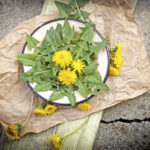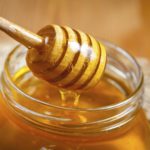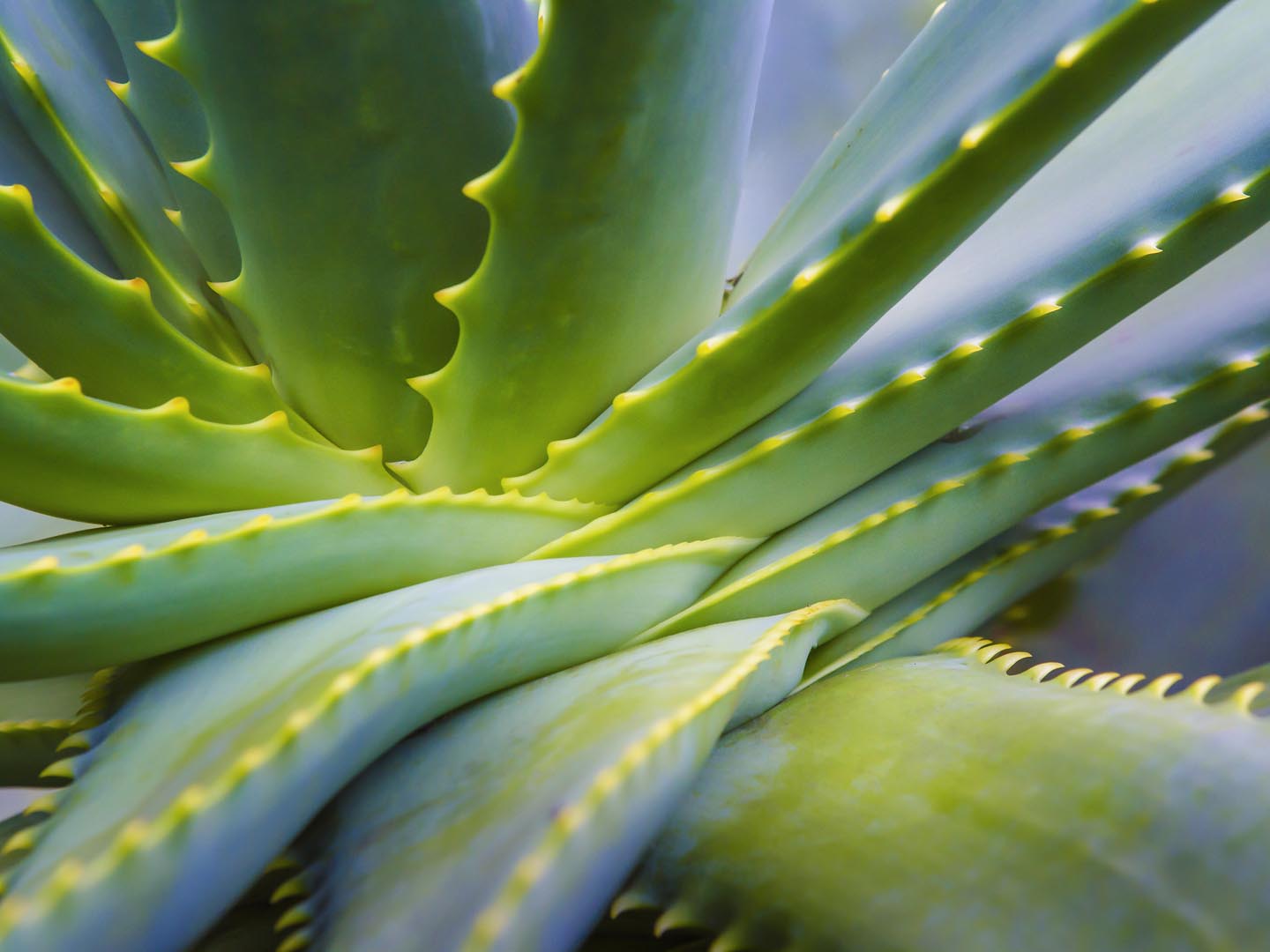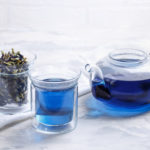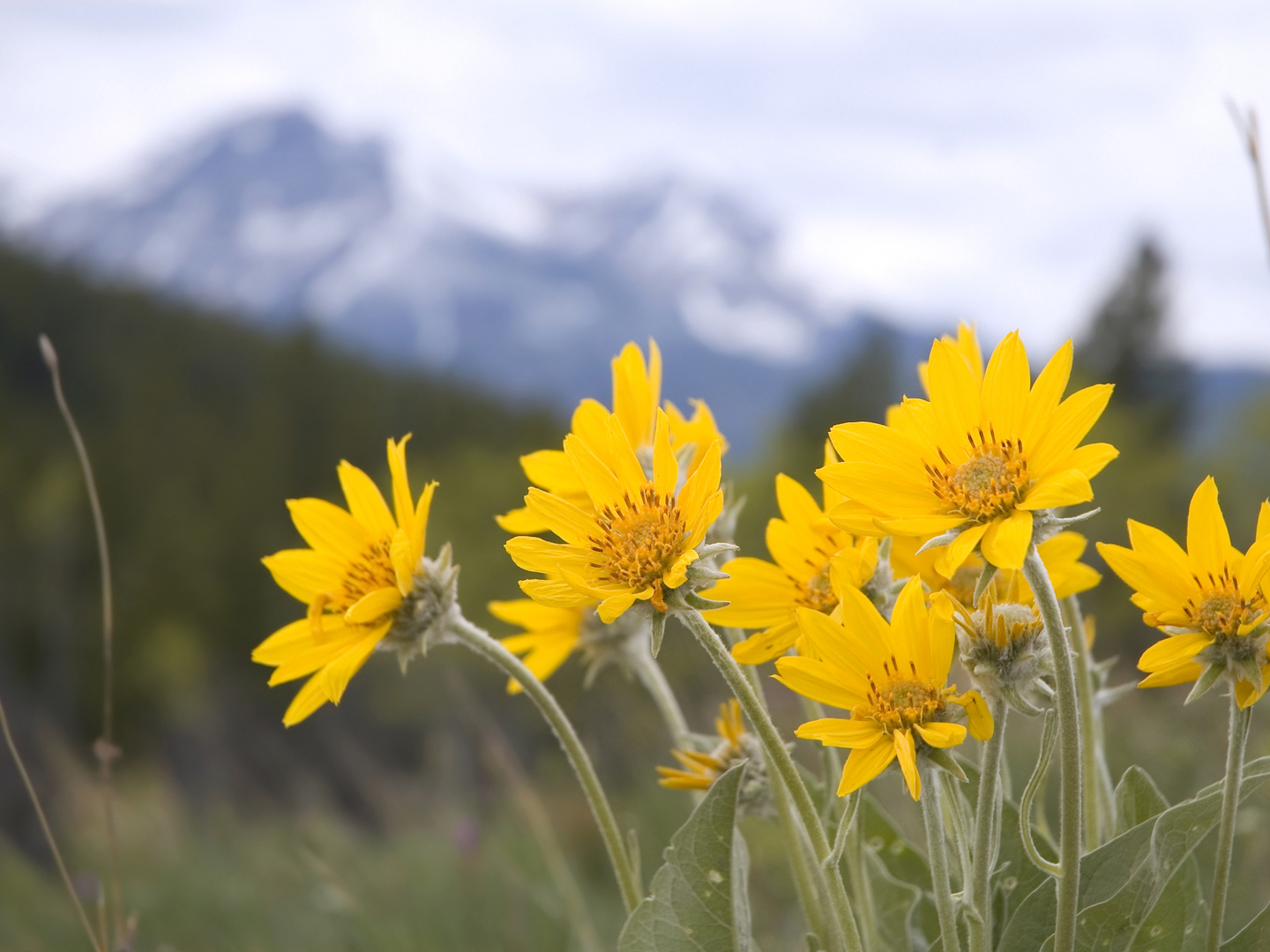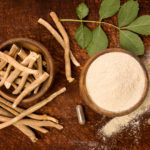Dandelion
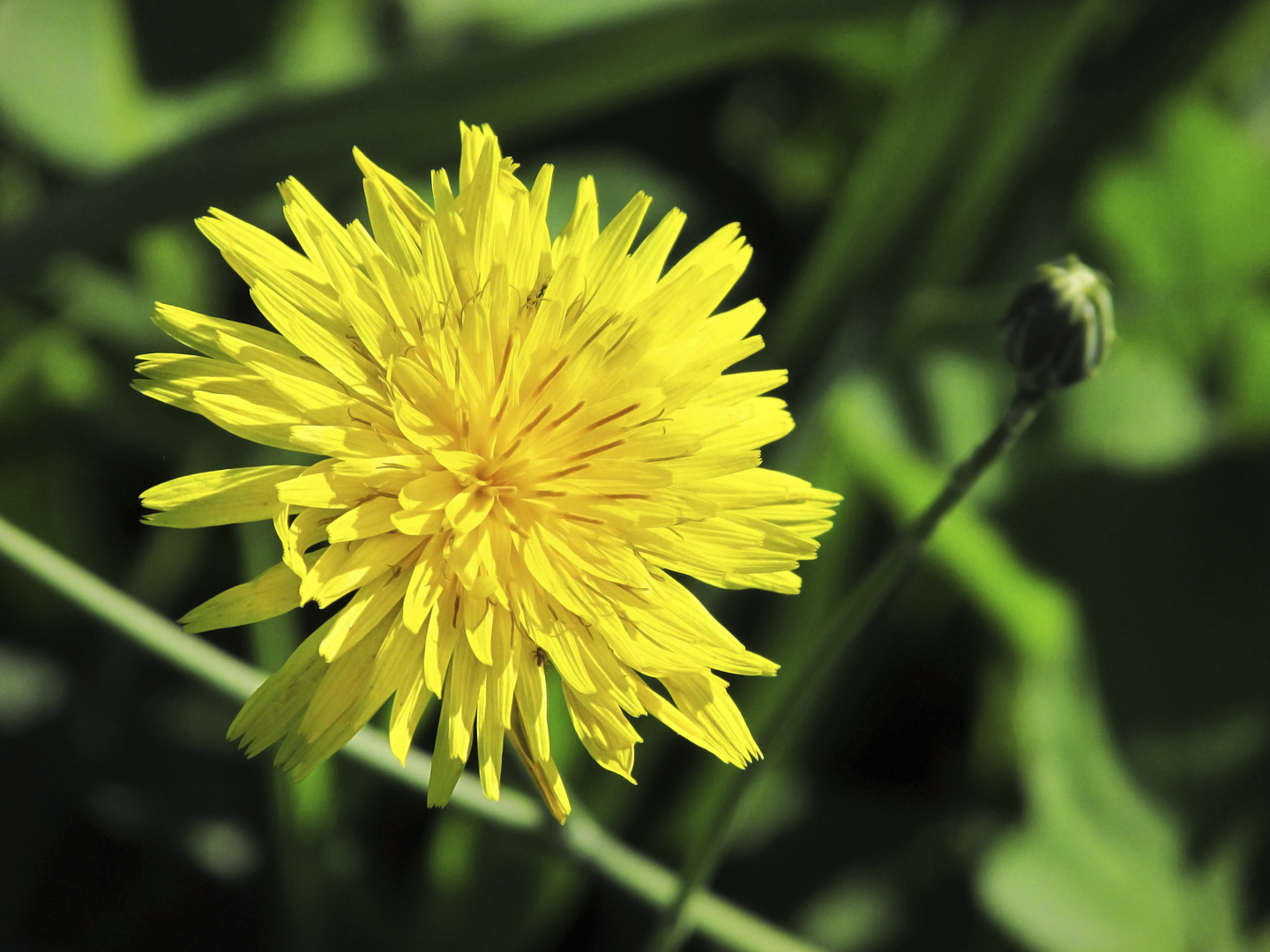
Dandelion, Taraxacum officinale
Part of a large genus of flowering plants in the family Asteraceae, the dandelion is a perennial native to Eurasia, where it was thought to have evolved into roughly its present form some thirty million years ago. Today, species are found on all continents. Widely disparaged as a weed in the U.S., dandelion has a long history of medicinal uses in traditional Native American and Arabic medicines, as well as in ancient and contemporary Europe and China. The root was most commonly used for digestive problems, while the leaves were more specifically used as a diuretic. All parts of the dandelion are edible. The root was traditionally roasted and consumed as a beverage, while the leaves and flowers were used in salads and other raw-vegetable preparations.
Used for:
Traditionally, dandelion was commonly used to address liver, kidney and spleen problems, and as a diuretic. Modern herbal healers use it for similar purposes. It can be taken orally to promote appetite, enhance digestion, ease gas and bloating and act as a mild laxative. Dandelion is a registered natural health product in Canada, where it is sold primarily for use as a diuretic. A pilot study found that dandelion leaf is indeed an effective diuretic. When dandelion greens are consumed as a food (for example, in salads, soups, stews or stir-fry), they are a very good source of vitamins A, C and B6. The roots are rich in inulin, a prebiotic that helps encourage the growth of healthy microorganisms in the gastrointestinal tract. There are virtually no clinical trials evaluating the use of dandelion for any health condition, other than its diuretic effect.
Available in:
Teas, capsules, powders, strips, tablets, chewables or extracts of the fresh or dried root. The fresh plant is sold in specialty stores and widely available for forage – if picked from lawns, make sure it has not been sprayed with herbicide.
Herb / drug interactions:
Dandelion may adversely interact with antibiotics, and may decrease their effectiveness. It may also change the rate at which lithium medication leaves the body, due to its diuretic effect. Talk with your physician if you are taking lithium before taking dandelion. The rate at which the liver breaks down certain medications may also be affected, and anyone taking water pills and dandelion may experience a decrease in blood levels of potassium.
Other safety concerns:
Dandelion is one of the least problematic medicinal herbs, especially given the fact that it has long been consumed as a food. However, people with ragweed allergy should be cautious when using dandelion, as it may cause an allergic reaction. In addition, people with an infected or inflamed gallbladder or blocked bile ducts should not use dandelion.
When buying:
Purchase from a high quality supplier.
Dosage:
When consumed as a food, there is little risk for any age group. If taking as a dietary supplement, adolescents between 12 and 18 years of age, and adults age 19 and over can take preparations equal to one to three grams of dried leaf per day; 1.5 to 24 grams dried root per day; or three to 30 grams of dried whole plant per day.
Child dosage:
Talk to a qualified health care practitioner about dosing in children under the age of 12.
Dr. Weil says:
Unfortunately, dandelion’s medicinal and culinary uses have been overshadowed by its categorization as a weed. It is an effective and safe diuretic, and when eaten as food is an excellent source of nutrients, more so than common greens we eat regularly. It has exceptionally high quantities of vitamin A and is a good source of vitamins C and B6, thiamin, riboflavin and folic acid. If your lawn is unsprayed and dotted with dandelions, don’t despair – harvest!
SOURCES:
Dandelion. Natural Medicines Comprehensive Database Consumer version. Stockton, CA: Therapeutic Research Faculty, updated December 24, 2012, and accessed January 15, 2014 at http://naturaldatabaseconsumer.therapeuticresearch.com/nd/Search.aspx?cs=nonmp&s=NDC&pt=100&id=706&fs=NDC&searchid=44727891Dandelion. National Center for Complementary and Alternative Medicine. Updated April 2012, and accessed January 15, 2014 at http://nccam.nih.gov/health/dandelion?nav=gsa
Dandelion (Taraxacum Officinale). Health Canada, Updated November 25, 2013, accessed January 16, 2014 at http://webprod.hc-sc.gc.ca/nhpid-bdipsn/atReq.do?atid=dandelion.pissenlit&lang=eng
Clare BA, et al.The diuretic effect in human subjects of an extract ofTaraxacum officinale folium over a single day. Journal of Alternative and Complementary Medicine 2009 Aug;15(8):929-34.
Dandelion root with herb. In: Blumenthal M, Goldberg A, Brinckman J, eds. Herbal Medicine: Expanded Commission E Monographs. Newton, MA: Lippincott Williams & Wilkins; 2000:81–83.
Mills S, Bone K. The Essential Guide to Herbal Safety. St. Louis (MO): Elsevier Churchill Livingstone; 2005.
https://www.drweil.com/drw/u/ART02790/dandelion.html
Reviewed by Tieraona Low Dog, M.D., January 22nd, 2014.


